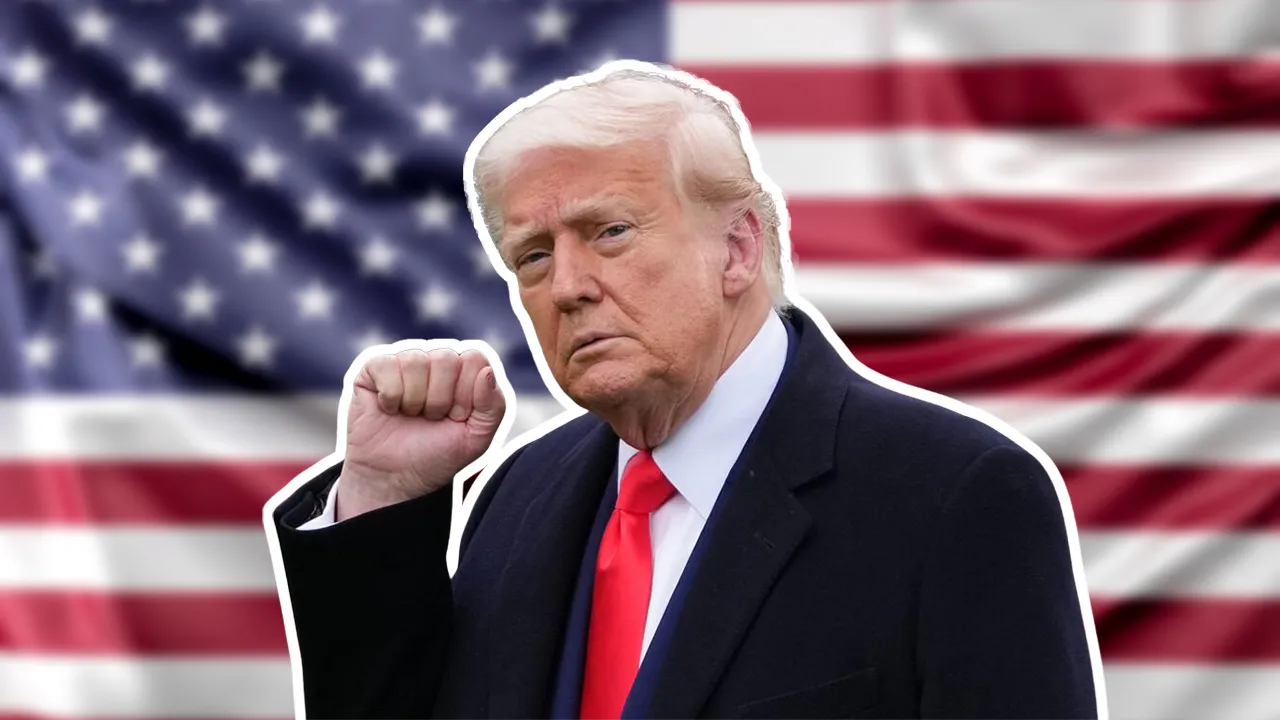Consider the most recent UNCTAD Global Trade Update is showing global trade growing by about $300 billion during the first six months of the year. But this growth is swamped by continuing policy uncertainty and rising geoeconomic risks.
The report, which includes commentary from the WTO, details new US duties, escalating trade imbalances, and the growth of digital market dominance as leading drivers of global trade in the second half of 2025. Decisions for businesses and policy are challenged by a complicated environment that requires flexibility and strategic robustness.
What Did Industry 2025 Trade Look Like: Growth Obscured by Turbulence
In the first half of the year, world trade increased by $300 billion, a modest increase in an environment of continued volatility. UNCTAD growth rates were 1.5% in Q1 and forecasted to be 2% in Q2.
Trade in services remained a critical engine, growing by 9% in the past four quarters, showing its resilience. It is important to note that with the total value of trade, the overall volumes of trade, which increased by only 1%, this implies that there were significant price increases contributing to the total value of the trade.
There was a regional reversal, with advanced economies outperforming emerging markets. The United States recorded strong import growth of 14 per cent, and the European Union saw a 6 per cent increase in exports. By contrast, trade within the South-South also stalled even though growth within Africa was robust.
The report also emphasized deepening trade disequilibria, as the US trade deficit expanded and China and the EU registered increased surpluses, representing structural changes in global trade flows.
Policy Alterations: U.S. tariffs spark decline in global trade stability.
Trade fragmentation is flaring up, destabilising the global system, with recent trade policy changes, led by the United States, being the triggering event. U.S. President Donald Trump formally recommended new 25% tariffs on Japanese and South Korean imports to take effect on August 1 unless new trade deals are drawn up. This follows a wider US trade policy that has impacted 14 countries since April.
This belligerent approach mirrors previous warnings from the WTO, which revised down, in April 2025, its estimate for the global volume of goods trade to fall by 0.2% in 2025. The biggest risks to the global economy, it said, are the full restoration of these “reciprocal tariffs” and the potential for further conflict that could drive an even steeper 1.5% decline in global trade.
Such US tariffs and potential countermeasures carry a high risk of trade dispersion, to the detriment of close-knit production chains that could even destabilize supply chains globally. These protectionist pressures are being compounded by the growth of domestic subsidies and protectionist industrial policies. For detailed analysis on the WTO’s revised trade outlook due to tariff escalations, refer to this EFG International report.
Geoeconomic Risk and the Shifting Digital Market
Beyond the more immediate effects of tariffs, the UNCTAD report highlights a wider range of geoeconomic risks affecting the global trade outlook. Policy uncertainty, reinforced by the backdrop of geopolitical tensions and realignments of global power, maintains an uncertain business environment. Indications of a slowdown in the world economy also reinforce this cautious approach.
A new strand in the focus of the UNCTAD report is the increasing concentration in digital markets. The leading five multinational digital firms now control a whopping 48% of the world’s sales, prompting concerns over competition and consumer welfare.
Such dominance has already begun to trickle into government regulation and shifts in trade policy with respect to digital technologies. Despite this difficult task, there are positive indicators of new forms of resilience, such as improving freight indices and stepping up regional integration efforts.
Outlook: Navigating Uncertainty for Resilience
The Great Trade Review (July 2025) features an era of high economic uncertainty and the necessity of adaptation.
“Resiliency in global trade will be determined to a great extent by ‘policy clarity, geoeconomic events, and supply chain adaptability’ in the second half of 2025 as countries and firms find their way through the ever-changing and complex risk environment,” Boustany reported.

Leave a Reply